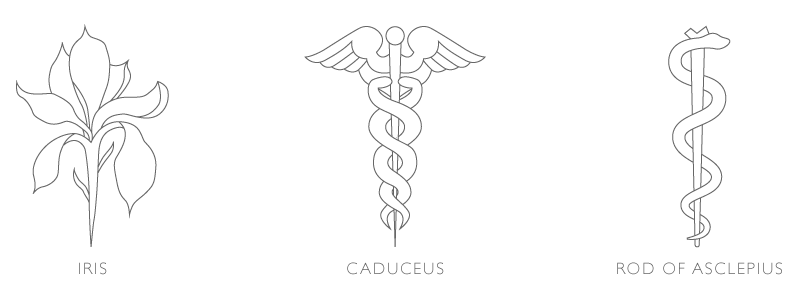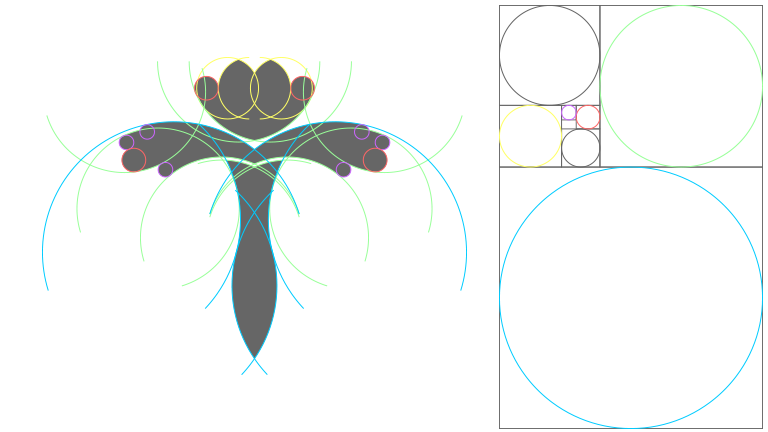
MESO is a non-profit, student run organization at the University of Michigan with over 200 active members. It is their ongoing mission to seek local and international hands-on clinical experience and research opportunities as well as collect medical and dental supplies for free health clinics in Central America.

Before designing the MESO logo, I carefully researched the caduceus and the rod of Asclepius, as well as other common symbols associated with medicine. The caduceus is an insignia used by the medical profession and is characterized by two opposing serpents coiled around the winged-staff of Hermes. Similar in form is the rod of Asclepius, which is characterized by only one serpent encircling a cypress branch. Although the two symbols seem similar in appearance, they conceal drastically different messages. The caduceus is the rod of Hermes, who happens to be the Greek god that leads the dead to the underworld. Furthermore, Hermes is also associated with wealth and commerce, but also happens to be the patron of thieves. Asclepius, on the other hand, was a healer, the Greek god of medicine and the son of Apollo, the god of health. Interestingly, according to Walter Friedlander's The Golden Wand of Medicine: A History of the Caduceus Symbol in Medicine, 62% of healthcare professionals used the rod of Asclepius, while 76% of commercial healthcare organizations used the caduceus.

In the MESO logo, I chose to incorporate the serpent from the rod of Asclepius due to its divine knowledge to heal. The serpent is coiled around a stylized Iris as that flower represents hope and wisdom. I combined the two symbols into a single entity to form the letter "S," which also represents the Services found in Medical Education Service Opportunities.

For more work from Bryant, please visit:
http://www.bryantyeedesign.com
http://www.bryantyeedesign.com

